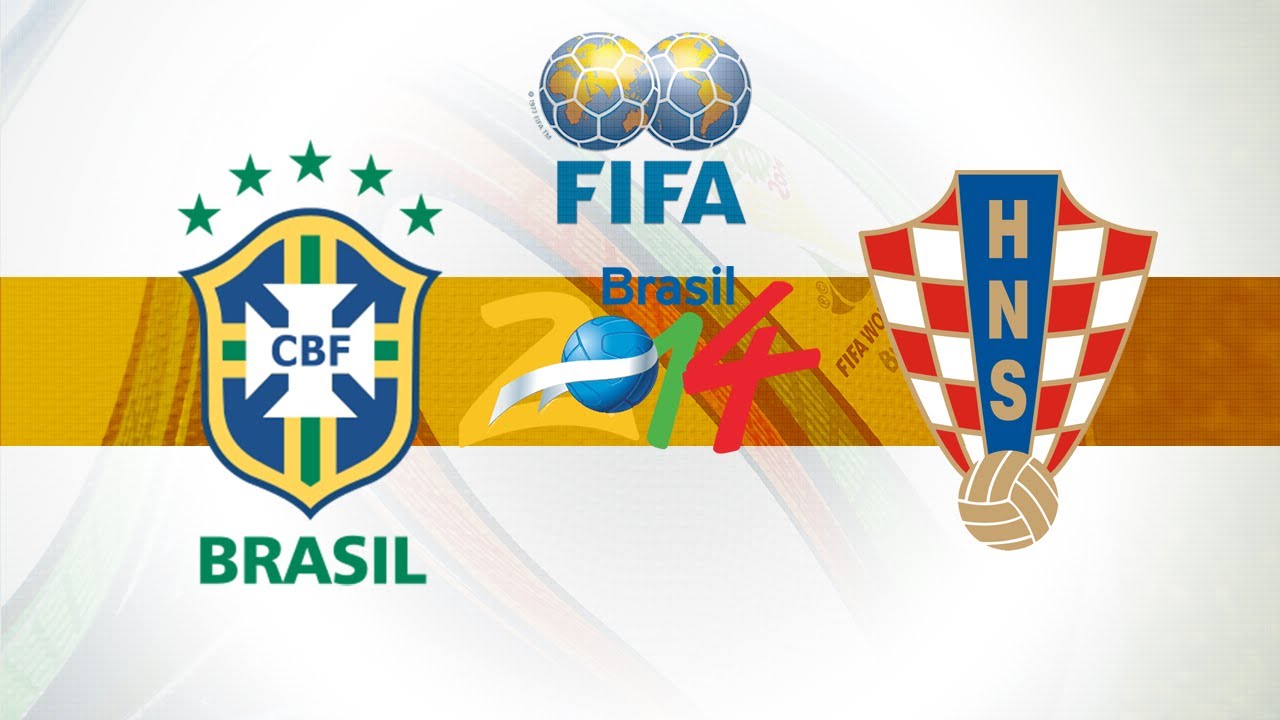What I have
experienced these last few weeks has been unlike anything else. It had never
crossed my mind to possibly run my own soccer development program until now.
So what
have I learned that changed my mind? The answer lies within my experience with Lionsraw
and through what we learned in class. Organized sport allows the kids to work with
others and have fun while gaining physical activity and staying away from other
negative influences at least while they are at the camp. In class we learned to
approach soccer development programs by always being skeptical to their claims
or goals if they are not quantifiable, specific or measurable. We also looked research on younger children from ages 6-12 that
showed how soccer development programs were useful at bringing about teamwork
skills, showed few positive effects on leadership and had no effect on self-confidence.
Although, the advantages of sport-development programs have not been fully determined
yet (Okada, Young). In ``Sport and social development: Promise and
caution from an incipient Cambodian Football league´´ Chiaki Okada and
Kevin Young examine the role of SHFL (a sport for development program/Cambodian
football league) on the lives of its participants. Their findings showed that the
most undeniable output of the program was how it forged multiple relationships.
The program additionally portrayed and I quote ``how otherwise relatively unempowered
individuals can operate spontaneously, voluntarily and relatively autonomously
at the grassroots level through sport to improve their social circumstances´´(Okada,
Young).
Seeing it first
hand in a Pinhais favela really sealed the deal. We were capable of talking to
the volunteers who mostly came from Europe but some from all over the world. We
got to understand the discipline these kids were being taught and the relationships
they were making amongst themselves but also with the volunteers especially the
ex-professional Brazilian coach who was the boss. You could see that the kids
respected him and really respected his authority as the father figure.
Like the findings of the Okada, Young study, Lionsraw did shed light on the childrens´ ability to operate spontaneously, voluntarily and relatively autonomously. Nevertheless, where I thought they could have improved on was getting to know the children coming in. One of the Lionsraw volunteers told me that they simply didn’t know what the kids schooling schedules where like. Therefore often times they didn’t know if kids where skipping school to come play soccer or actually playing during their break. So my suggestion to this would be to formalize the system a little more. This way they could understand their schedules at school and work around them. This could be easily done by getting their parents to come when they sign up to write down their children´s school schedules.
 As a final
thought, I had an idea of running a sport for development program but then I
ran across Favela do Moinho and other groups like them on Facebook. Many
individuals in favelas and urban occupations across Brazil were involved in
organizations like this one which consisted of friends coming together, making
teams and making alternative World Cups. The goal of these groups where to get
people of all ages active and involved in organized sport for the fun of it! That’s
when I got the idea of running fundraisers for organizations like these by entering
their facilities and asking them what they need to run their alternative World
Cups more efficiently. This way we can give them the necessary resources that
they want to properly structure these tournaments and help give their
alternative World Cups more structure. This is a perfect example of how people
all over the world want to get involved in organized sport even when they have
very little resources. I think that supporting organized sport is a wonderful
thing and that giving locals the proper materials for them to run their own
organized sport activities is a great way to support sport globally. This
method avoids the one of the main criticisms of sport for development programs
which is foreigners coming in and imposing their own practices amongst the
locals.
As a final
thought, I had an idea of running a sport for development program but then I
ran across Favela do Moinho and other groups like them on Facebook. Many
individuals in favelas and urban occupations across Brazil were involved in
organizations like this one which consisted of friends coming together, making
teams and making alternative World Cups. The goal of these groups where to get
people of all ages active and involved in organized sport for the fun of it! That’s
when I got the idea of running fundraisers for organizations like these by entering
their facilities and asking them what they need to run their alternative World
Cups more efficiently. This way we can give them the necessary resources that
they want to properly structure these tournaments and help give their
alternative World Cups more structure. This is a perfect example of how people
all over the world want to get involved in organized sport even when they have
very little resources. I think that supporting organized sport is a wonderful
thing and that giving locals the proper materials for them to run their own
organized sport activities is a great way to support sport globally. This
method avoids the one of the main criticisms of sport for development programs
which is foreigners coming in and imposing their own practices amongst the
locals.
Sources
http://irs.sagepub.com.libproxy.mta.ca/content/47/1/5.full.pdf+html
https://www.facebook.com/moinhoresiste/info


